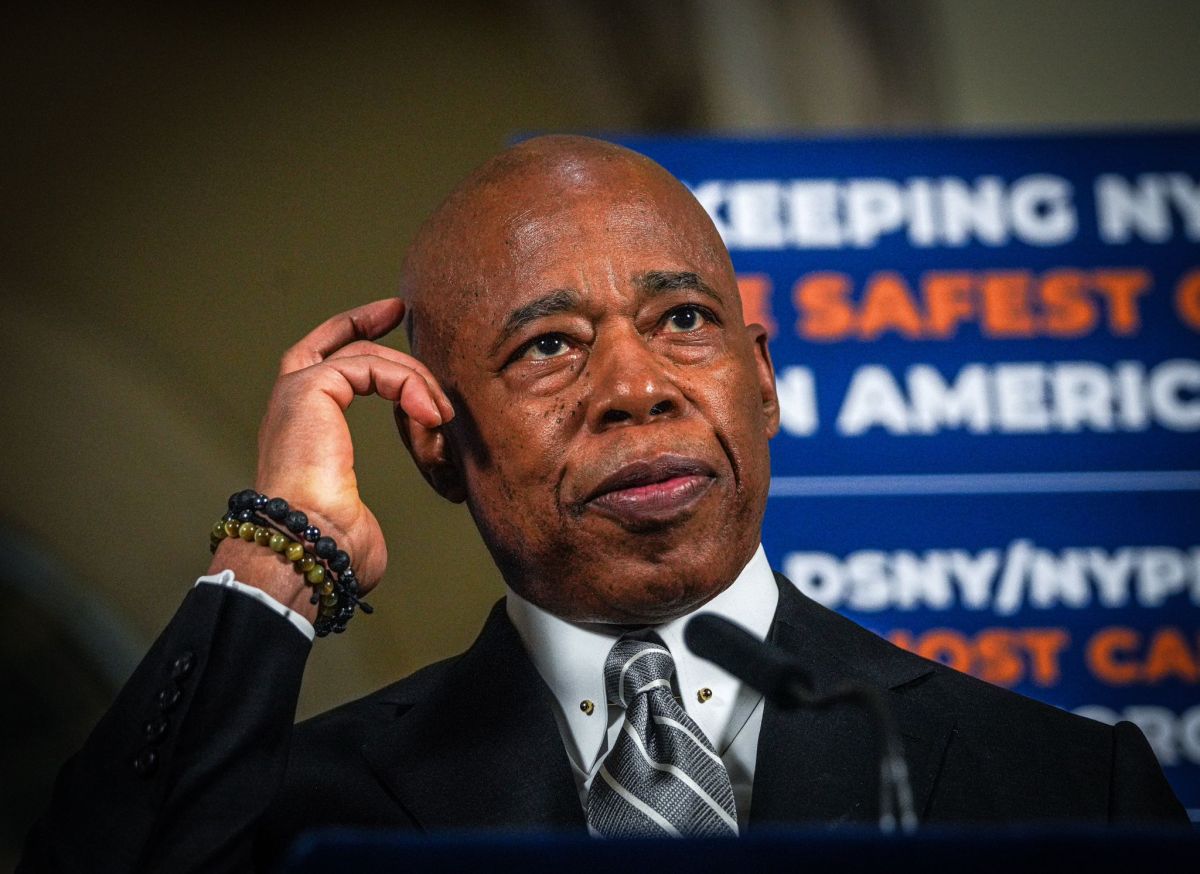By Greater Astoria Historical Society
In conjunction with the Greater Astoria Historical Society, TimesLedger Newspapers presents noteworthy events in the borough’s history.
Born Georgette Louise Meyer on March 14, 1919 in Milwaukee, Wis., Dickey Chapelle was a trailblazing female photojournalist who covered war zones the world over, from the Pacific Theater in World War II to the anti-Communist uprising in Hungary and finally the Vietnam War. Chapelle was killed in combat in Chu Lai, Vietnam, on Nov. 4, 1965. She lived in Queens during her marriage to fellow photojournalist Tony Chapelle.
As a teenager, Chapelle was captivated by flying. In high school, she wrote her first published article, titled “Why We Want to Fly.” She even took the name Dickey after meeting pioneering aviator and explorer Admiral Richard Byrd while in high school. At 16, she earned a full scholarship to study aeronautical engineering at MIT, an unheard-of achievement for a young woman back them.
In Boston, the girl from the Milwaukee suburbs began writing stories about the military for local newspapers. Bitten by the reporting bug, Chapelle soon failed out of college. Her parents sent her to live with relatives in Florida, and she caught her first break in journalism when her coverage of a plane crash in Cuba landed in the New York Times.
The rising photojournalist soon moved to New York, where she took work as a photographer for TWA and met her husband. During World War II, Dickey Chapelle covered the U.S. Marines in their island-hopping campaign across the Pacific for National Geographic, capturing the horrors of war on Iwo Jima, Okinawa and other far off battlefields. She also faced a determined enemy in fighting sexist attitudes at a time when there were very few women in her field.
In a sense, the pioneering photojournalist never returned home following the war. She was soon on the road again, covering conflict in far-flung locales from Korea, the Middle East, the Dominican Republic and Hungary, her photographs bringing home searing images of suffering and destruction. In her trademark pearl earrings, military fatigues, Australian bush hat and Harlequin glasses, Chapelle became a familiar sight on the front lines. In 1956 in Hungary, the Russians captured her as a spy and she was imprisoned for two months. She escaped possible execution by throwing her camera out the window before interrogation by her captors.
The staunch anti-Communist spent the early 1960s covering the growing conflict in Indochina. Chapelle captured images of American advisers training South Vietnamese troops, rural village life and Vietcong prisoners awaiting their fate. Here, she met her end in 1965 while on patrol with a Marine platoon during Operation Black Ferret, an enemy land mine ended the story of an intrepid woman who paved the way for so many women in her field.
French photographer Henri Huet captured her final moments, with a priest administering last rites and her bush hat lying nearby in the grass. She was the first American female war reporter killed in action.
The Marine Corps League honors her memory every year by presenting the Dickey Chapelle Award to the woman who has contributed most to the well-being of those serving in the Marine Corps. The fallen war photographer was also the subject of the 1992 biography “Fire in the Wind: The Biography of Dickey Chapelle,” and memorialized in the 2001 Nanci Griffith song “Pearl’s Eye View.” In 1966, the Marines left a memorial at the site of her death in Vietnam. It simply said “She was one of us and we will miss her.”
For further information, contact the Greater Astoria Historical Society at 718-278-0700 or visit www.astorialic.org.



































